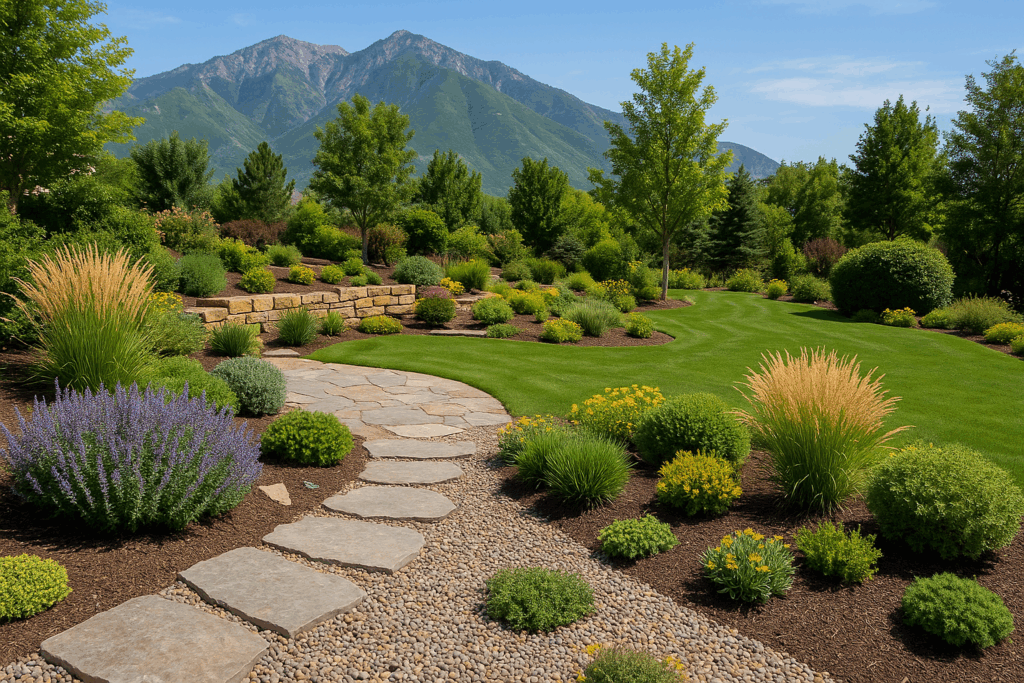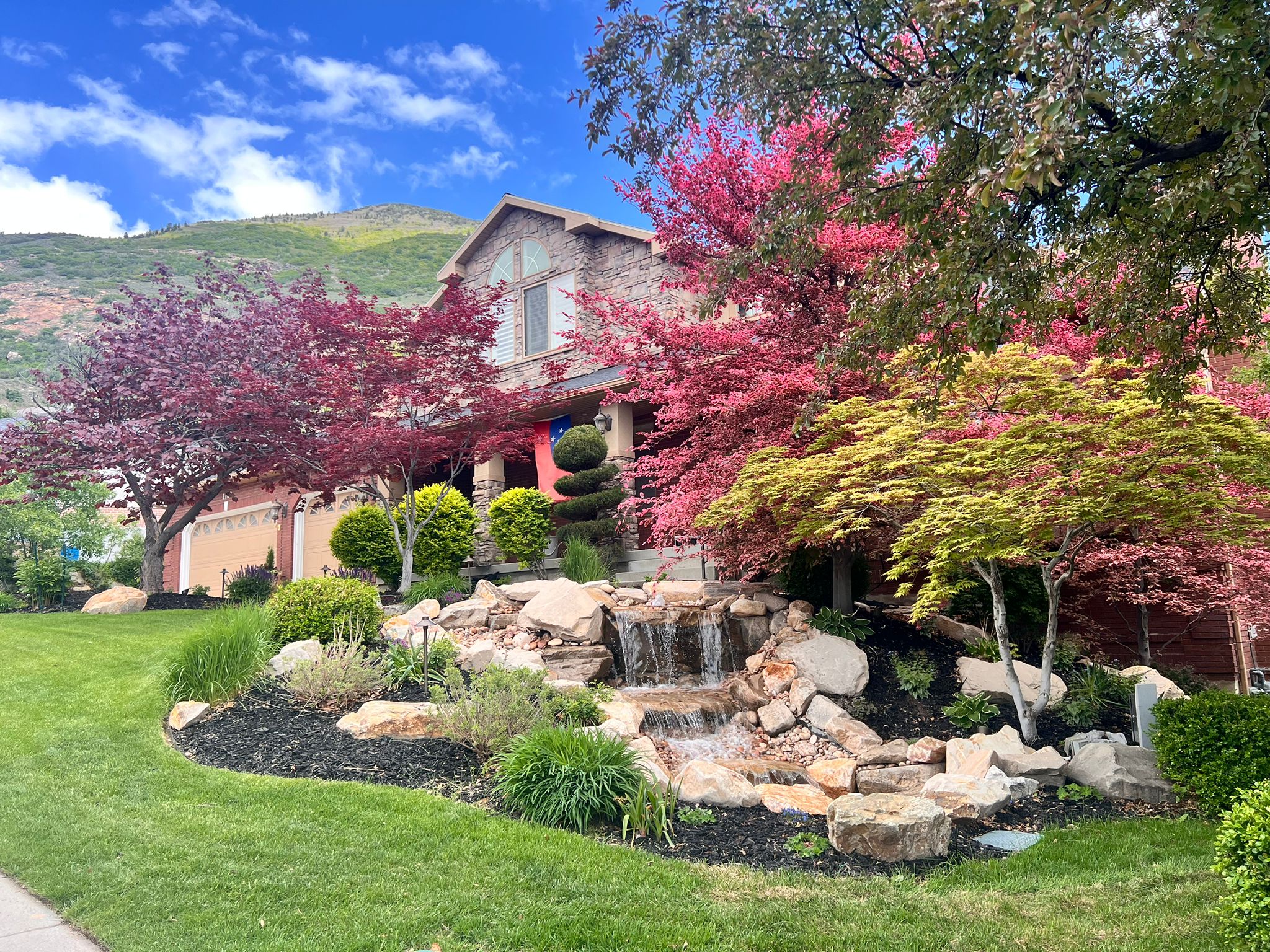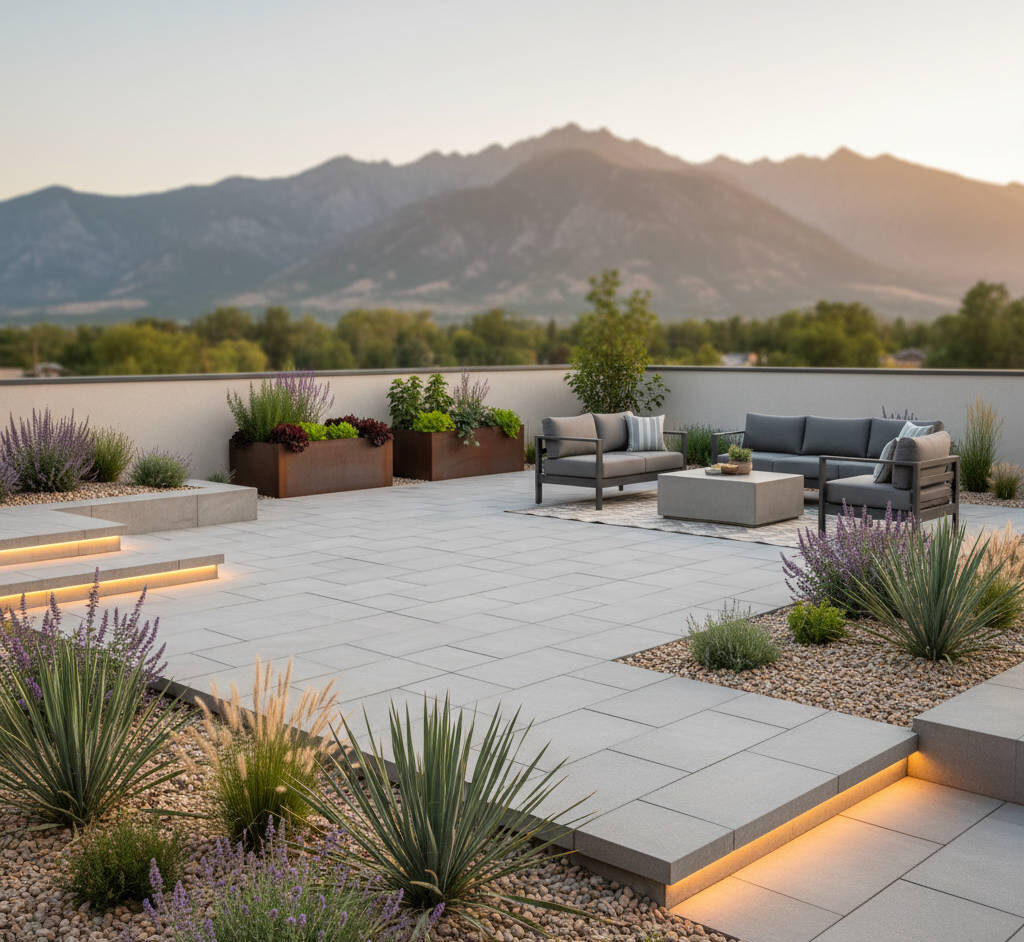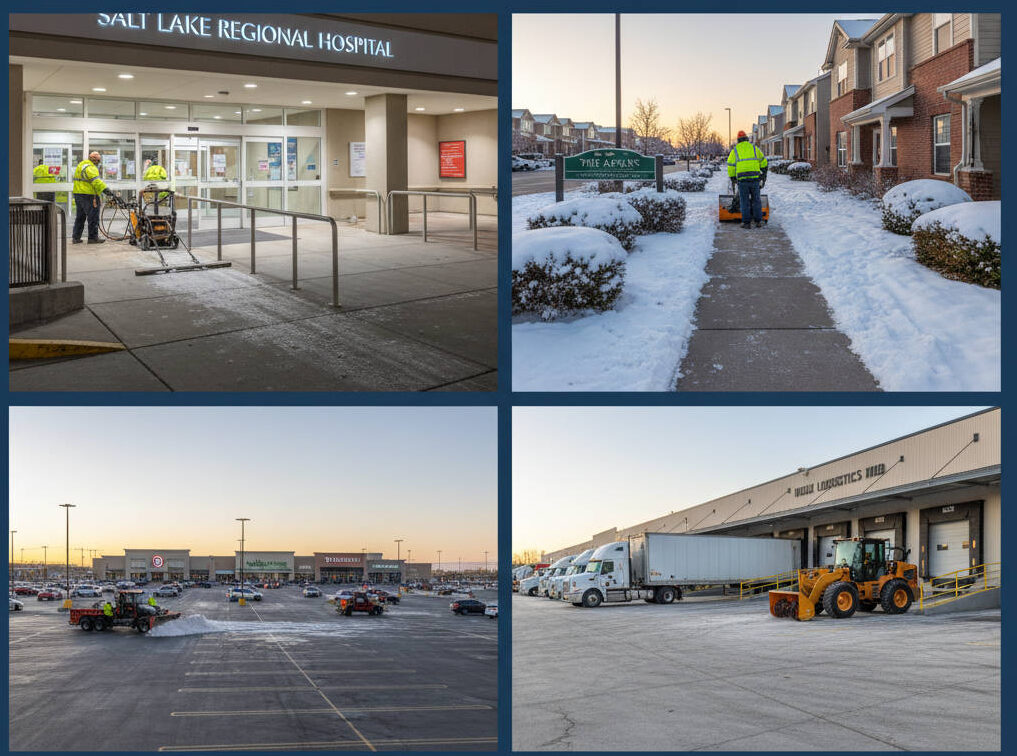If you live in Salt Lake City, chances are one of your home’s best features is the breathtaking mountain view. The Wasatch Range offers a spectacular natural backdrop—but are you making the most of it? With thoughtful planning, your landscaping can do more than just look good—it can frame, enhance, and celebrate the views you already have.
In this guide, we’ll explore how to use mountain view landscaping techniques to bring the outdoors into focus. Whether you’re starting fresh or redesigning an existing yard, these strategies will help you craft landscape design for views that turn your backyard into a private mountain retreat.
Why Designing for Views Matters in Utah
When you’re lucky enough to have backyard views in Utah, the last thing you want is for trees, fencing, or poor layout to obstruct them. Strategic landscaping helps:
- Preserve open sightlines
- Draw the eye toward the mountains
- Blend your outdoor space with the natural environment
- Add resale value by showcasing your lot’s best feature
Good views aren’t just a bonus—they’re a design opportunity.
1. Start with a Viewpoint Audit
Before planting anything or building a patio, take a walk around your property and identify your key viewing angles:
- Which windows or doors already offer a mountain view?
- Where do you spend time outdoors—deck, patio, hot tub?
- Are there any obstacles (like fences or sheds) that block the view?
Take notes and pictures from those spots. This forms the foundation for designing landscape elements that frame the view.
2. Use Layered Plantings to Draw the Eye
Your goal is to frame the view, not block it. That means layering plant heights intentionally:
- Low shrubs or ground cover in front (think: creeping thyme, blue fescue)
- Medium-height grasses and perennials mid-range (like Karl Foerster or lavender)
- Tall, narrow plants like columnar aspens or Italian cypress to serve as vertical borders
Avoid planting large trees directly in your line of sight. Instead, flank the view to create a “window” effect toward the mountains.
3. Elevate the Sitting Area
If your yard is sloped (as many in Salt Lake City are), embrace it! Build a raised patio or deck to take advantage of the elevation and improve your sightline. This allows you to see over fences and rooftops and enhances the panoramic effect.
Bonus tip: add built-in seating or low-profile outdoor furniture to avoid visual clutter.
4. Install See-Through or Decorative Fencing
Standard wood privacy fences can cut off beautiful views. If you need fencing, consider:
- Horizontal slat fencing (modern, stylish, and partially see-through)
- Wrought iron or metal railing
- Glass or cable railing for decks or balconies
These options maintain security while preserving your backyard views in Utah.
5. Use Hardscaping to Direct Focus
Paving stones, retaining walls, and even water features can guide the eye. For example:
- A curved path that leads toward the mountain view
- A fire pit that faces the mountains as a focal point
- A reflection pool that mirrors the skyline
These elements help tie your yard’s layout to the surrounding scenery.
For a full breakdown of hardscaping options that work with Utah’s soil and climate, visit our Landscape Design Services.
6. Choose Colors that Blend with the Landscape
Utah’s natural terrain includes sagebrush, red rocks, pines, and granite outcroppings. Choose plants, stone, and mulch colors that complement the local palette:
- Grays and tans for patios or gravel paths
- Native plants like penstemon, yarrow, or rabbitbrush
- Rust-colored planters or earth-toned outdoor furniture
This helps your landscape design for views feel cohesive and grounded.
7. Add Strategic Lighting to Extend the View
You don’t have to lose the mountain effect when the sun goes down. Use landscape lighting to:
- Uplight trees or features without blocking the skyline
- Install downlighting on patios to keep views clear
- Use solar stake lights along pathways without glare
Well-placed lighting adds ambiance and keeps your view visible into the evening hours.
FAQs: Framing Mountain Views in Salt Lake City
Q: What plants work best in Salt Lake City for preserving views?
A: Stick with low-profile, drought-resistant plants like ornamental grasses, creeping sedum, or lavender. Avoid wide-canopy trees near your primary sightline.
Q: Can I keep privacy and still have a mountain view?
A: Yes! Use partial privacy fencing, tall but narrow evergreens on the sides, or use screens strategically placed to block neighbors, not nature.
Q: Do I need a permit to add a raised deck or patio?
A: In Salt Lake City, structures over a certain height may require a permit. Always check with your local municipality or ask your landscape contractor.
Q: What’s the best time of year to install landscaping for views?
A: Spring and fall are ideal for planting. Hardscaping can be done almost any time, but summer offers the clearest conditions for viewing layout options.
Your View Is Too Beautiful to Waste
In Salt Lake City, you don’t need to travel far for mountain views—they’re right in your backyard. With thoughtful mountain view landscaping, you can create a space that’s both functional and awe-inspiring.
Whether you’re building new or renovating an existing yard, remember: the mountains aren’t just a backdrop—they’re part of your landscape.

Ready to Design Your Yard Around the View?
Contact Millburn Lawn & Landscape for a free landscape consultation in Salt Lake City. We specialize in landscape design for views, helping you capture Utah’s natural beauty without blocking it.
Explore Our Full Design Services
Serving Salt Lake City and surrounding Wasatch Front communities



